The Portrait Monument
Rumor has it the uncarved lump behind the three famous suffragists is reserved for the first woman president.
The monument to suffrage at the United States Capitol, called the Portrait Monument, proudly displays the busts of pioneers Lucretia Mott, Elizabeth Cady Stanton, and Susan B. Anthony, who launched the women’s movement and first fought for women’s right to vote, which was finally granted 144 years after America declared itself a nation of liberty for all. But looking at the statue, you can’t help but notice something odd: it’s apparently incomplete.
Rising up behind the three busts is a vague and conspicuous uncarved block of marble—a mysterious feature that’s sparked much speculation as to its intent. According to urban legend, and many Capitol tour guides, the uncarved lump is reserved for the first woman president.
The monument (formerly called the “Woman’s Movement”) is situated in the U.S. Capitol Rotunda, but it didn’t always hold this honored location. When it was first presented to Congress as a gift from the National Woman’s Party in 1921, the year after suffrage was won, Congress accepted it begrudgingly and stuck it in the Capitol Crypt, essentially hiding it in the basement, where it lived for the next 60 years. They also removed part of the monument’s inscription, which contained such provocative lines as “Men their rights and nothing more, Women their rights and nothing less” and “Woman, first denied a soul, then called mindless, now arisen declared herself an entity to be reckoned.”
The sculpture was finally moved aboveground to the Rotunda on Mother’s Day weekend in 1997, and rumors started to swirl about who might one day claim the unfinished chunk of marble. In all likelihood, however, the sculptor, Adelaide Johnson, intentionally left the statue incomplete to symbolize that women still had a very long way to go before achieving equal rights, and left the unfinished block to represent all other women’s rights leaders, past, present, and future. Indeed, Johnson identified as a feminist, not just a suffragist, and has reportedly called the roughly cut marble “a kind of unknown soldier of the woman’s movement.” Whether someone will ever “finish” the monument by carving a fourth bust we’ll just have to wait and see.

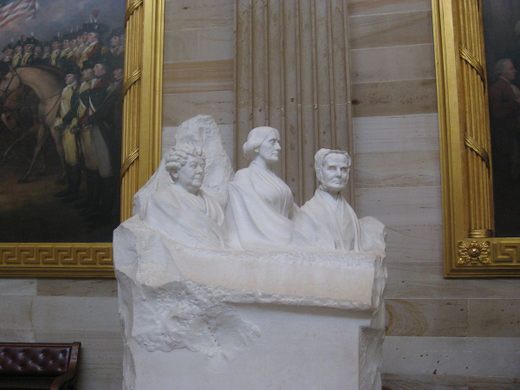

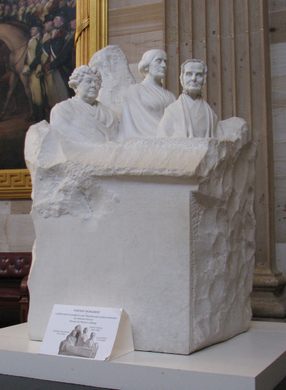


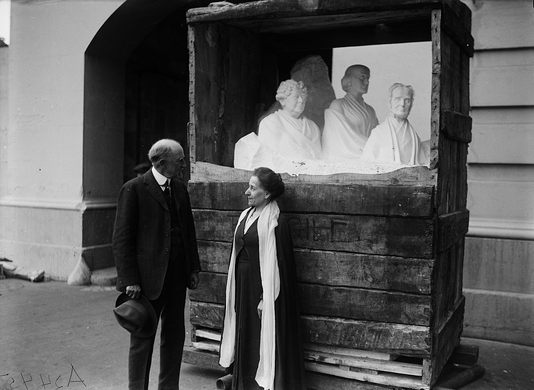
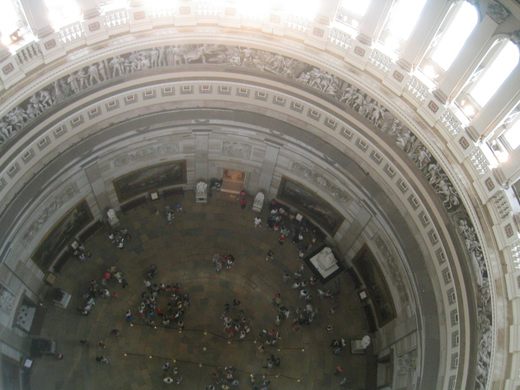
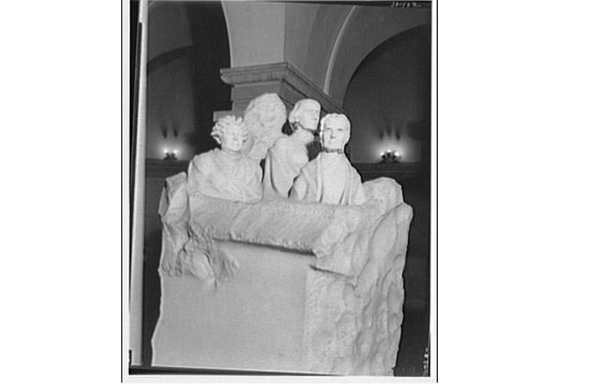

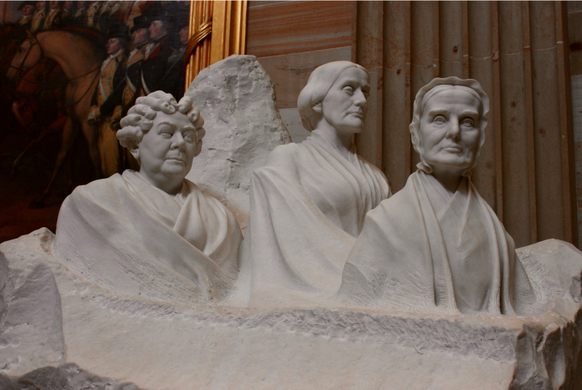


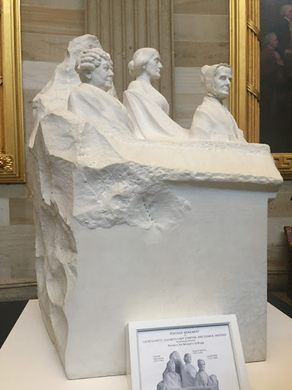












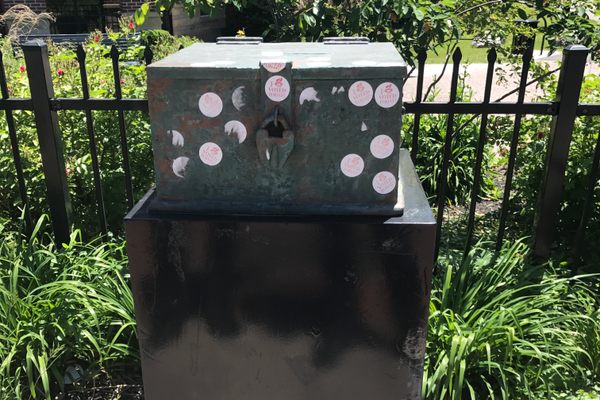

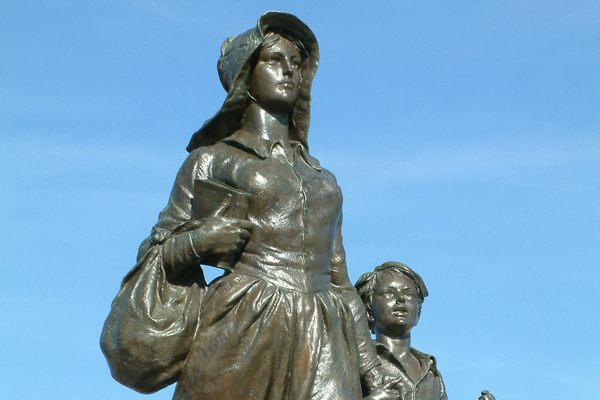




Follow us on Twitter to get the latest on the world's hidden wonders.
Like us on Facebook to get the latest on the world's hidden wonders.
Follow us on Twitter Like us on Facebook